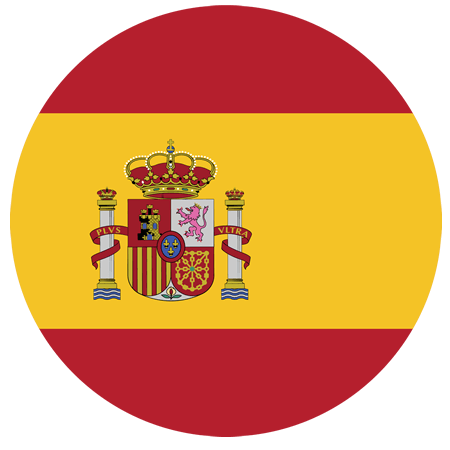After knowing the possible route of the consumers within the physical store, the next step is to understand the points of contact in detail.
What are the points of contact?
When we talk about Touchpoints or points of contact, we are referring to the elements from which society creates an impression of a brand. This is why it is really important to optimize the store, since any point of contact affects the way the customers see the brand.
The monitor consumers, we can transform all of the data that we get on extremely important information to understand and quantify the behavior of visitors and, thus, optimize the physical store.
To quantify the local demand by occupation
The occupation it is one of the metrics more versatile and less appreciated in the market. Can be used for numerous items, as well as for the analysis of the workers, the analysis of the route of the visitors and the points of friction. A practical way to use the occupation it is to define the local demand.
In the first place, it is essential to establish that the occupancy counts the number of visitors who stay in a zone (established virtually) for a period of time. On the other hand, the local demand answer the following questions:
- How many customers visit a virtual area for a period of time?
- What the number of visitors that there are in a particular moment in time within a zone is normal or is above or below that line?
- What is the demand optimal (taking into account the conversion of the shop) for that virtual area in particular?

The occupation is a metric ideal for A/B testing (or A/B testing):
- In special dates (for example, holiday or mother's day), does it change the demand for certain products in particular, as toys or perfumes?
- What is the impact of assigning an employee expert (for example, in painting) to work in the line of boxes, with the goal of speeding up the checkout process when there are many customers inside the store?
- What is the relationship between the traffic and the engagement? By way of example, what if we put a coffee station in a hallway of a lot of traffic, visitors stop to take one?
Prevent behaviors of friction and abandonment
Dropouts, bottlenecks and long lines in boxes are some of the obstacles in the process of purchasing within the ideal experience of the consumer. The easiest to understand is the point of friction of the long line of boxes within a physical store.
Customer don't like to wait, that is why it is essential to use a system to handle the rows that are in the line of boxes. In addition to improving the consumer experience and their perception of the brand, it helps to increase the sales of the store considerably.
The behaviors of neglect include the following elements:
- Drop-out: customers who decide to leave the line to pay.
- Do not begin the activity in the store: when not to use the services, such as tables or bars to eat at lunch time.
- Do not enter a shop: for example, do not enter a bank the first of the month.
- Do not return to a store: it happens, usually, when the consumer was such a bad impression that you decide not to return.
The occupation is a metric very versatile to examine the local demand. You can use it in A/B testing with assumptions central and ideas about the design of the physical store.
On the other hand, although the prevention of the points of friction, it is a subject in vogue, your solution is in the traditional. The simplest way to avoid them is to simply paying attention to the details of the policies and processes that we implement in the store.












